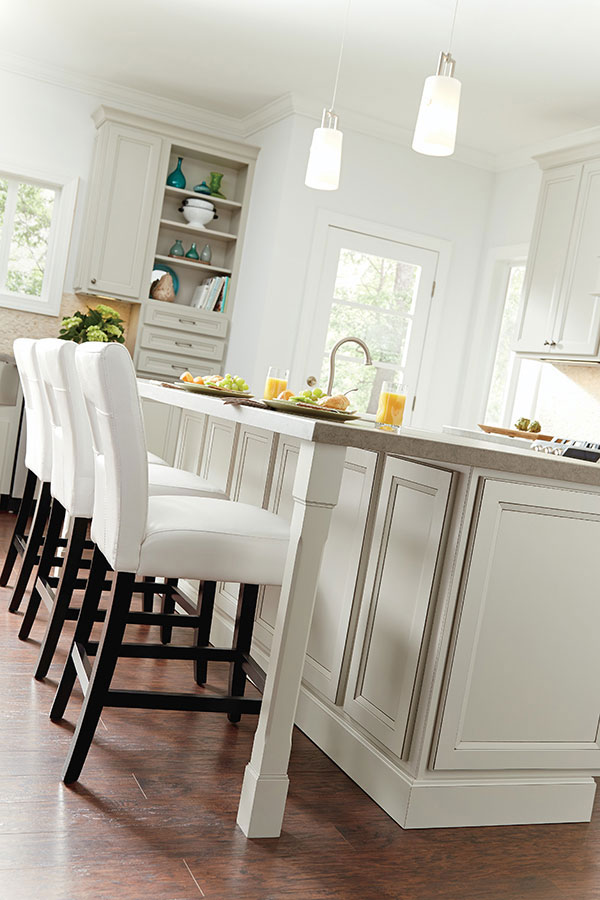Change Your Kitchen's Look with Special Legs For Kitchen Island Accessories
Change Your Kitchen's Look with Special Legs For Kitchen Island Accessories
Blog Article
An Overview to Picking the Perfect Legs For Cooking Area Island for Your Home
Selecting the suitable legs for your cooking area island is a nuanced decision that impacts both the performance and aesthetic charm of this main room. Factors such as height, materials, and style play a vital function in integrating your island with the total cooking area layout. In addition, comprehending the relevance of security and upkeep can dramatically affect your choice. As you think about these aspects, it becomes obvious that the right legs can transform not just the appearance of your kitchen yet additionally its use for several years ahead. What details attributes should you focus on in this choice process?

Recognizing Kitchen Area Island Legs
When picking legs for a kitchen area island, it's vital to comprehend their visual and useful roles in the general layout. The legs act as an important support group, guaranteeing stability and durability for the island, which typically works as a work area, eating area, or gathering area. The option of material and building and construction method have to be robust enough to endure daily usage and possible wear.
Along with their structural responsibilities, legs contribute considerably to the island's aesthetic charm. They can improve the cooking area's design, whether via typical, modern, or diverse layouts. The elevation and percentage of the legs are likewise important factors to consider; they need to integrate with the island's kitchen counter elevation while making sure comfortable seating for those utilizing the space.
Furthermore, the leg design can influence the total circulation of the cooking area. Open, airy leg styles can create a feeling of agility, while solid, substantial legs might share a much more based and steady aesthetic - Legs For Kitchen Island. Recognizing these aesthetic and functional facets will direct property owners in making informed selections that enhance their kitchen area's design and enhance its use
Popular Styles and Materials
The selection of legs for a cooking area island includes a variety of preferred styles and materials, each offering one-of-a-kind attributes that can enhance both capability and appearances. Amongst the most desired styles are modern, rustic, and conventional. Contemporary legs frequently include smooth, minimal styles that stress simplicity and tidy lines, making them suitable for modern kitchen areas. Rustic styles, on the various other hand, embrace all-natural elements and commonly showcase recovered timber or distressed coatings, adding heat and charm to the area. Typical legs usually show elaborate information and craftsmanship, improving timeless kitchen styles.

Height and Security Factors To Consider

Security is an additional important consideration. The legs of the cooking area island must offer adequate assistance, see this page guaranteeing that the framework can stand up to daily usage without wobbling or changing. Product selection plays a substantial function in security; metal legs, as an example, have a tendency to supply higher strength compared to timber. Furthermore, ensuring that the island is safely secured to the floor or wall surface can enhance security, particularly for bigger islands that might bear substantial weight.
Matching Your Kitchen Area Visual
Selecting the best legs for your kitchen island goes past capability; it also plays a considerable duty in the total aesthetic of the space. When selecting legs, take into consideration the layout style of your kitchen. For a contemporary look, smooth steel or minimal layouts can develop a clean, modern vibe. On the other hand, rustic or standard cooking areas often benefit from wooden legs with elaborate outlining or a distressed surface, improving heat and personality.
Legs that match or contrast with your island's surface and surrounding cabinets can produce visual consistency or striking focal points. In addition, think about the coating of the legs; matte, shiny, or textured finishes can significantly impact the total feeling of the kitchen area.
Installation and Maintenance Tips
Mounting cooking area island legs calls for careful attention to detail to guarantee both security and visual allure. Make use of a stud finder to locate wall surface studs if you are connecting the legs to a wall surface or making use of braces for included support.
When securing the legs, make use of high-quality screws and, if required, timber glue for additional strength. For metal legs, ensure that you are using appropriate anchors and devices to avoid damage to your flooring. It is suggested to look for levelness after installation, making modifications as required to prevent tottering.
Maintenance is equally vital for longevity - Legs For Kitchen Island. On a regular basis examine the legs for any signs of wear or helping to loosen, particularly in high-traffic locations. Clean the legs with an appropriate cleaner, preventing rough products that might scratch the surface. For wooden legs, take into consideration applying a timber conditioner occasionally to maintain their finish. By following these setup and upkeep ideas, you can make certain that your cooking area island legs continue to be both aesthetically attractive and practical.
Verdict
In final thought, picking the proper legs for a kitchen island demands cautious factor to consider of elevation, stability, and visual compatibility. Ultimately, thoughtful leg selection plays an important function in elevating both the usefulness and layout of the cooking area area.
When choosing legs for a kitchen area island, it's necessary to understand their functional and aesthetic duties in the general layout. Open, ventilated leg designs can create a sense of agility, while solid, significant legs may communicate a more based these details and stable aesthetic. The legs of the cooking area island need to offer ample support, making sure that the structure can endure everyday use without tottering or changing.Setting up kitchen island legs calls for careful focus to information to ensure both stability and helpful hints visual appeal.In verdict, choosing the suitable legs for a kitchen area island necessitates mindful consideration of height, stability, and visual compatibility.
Report this page